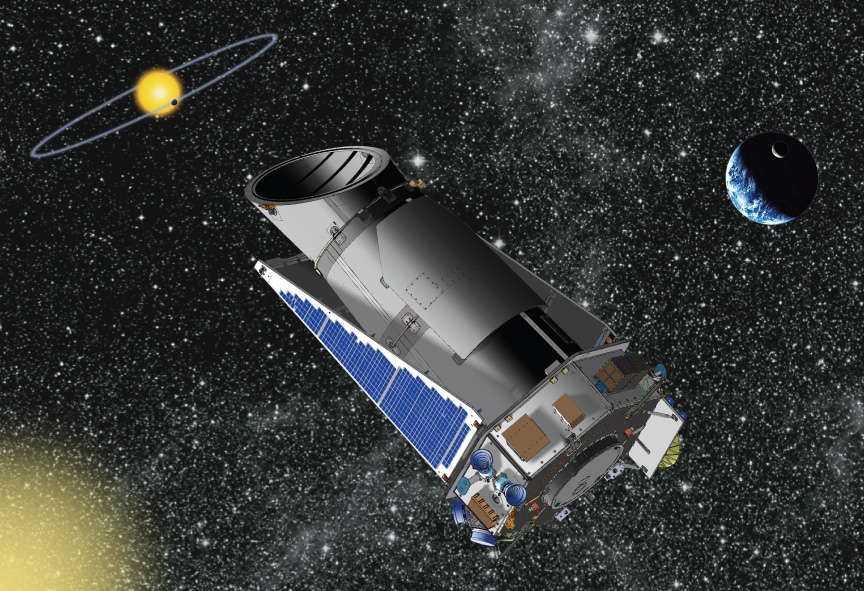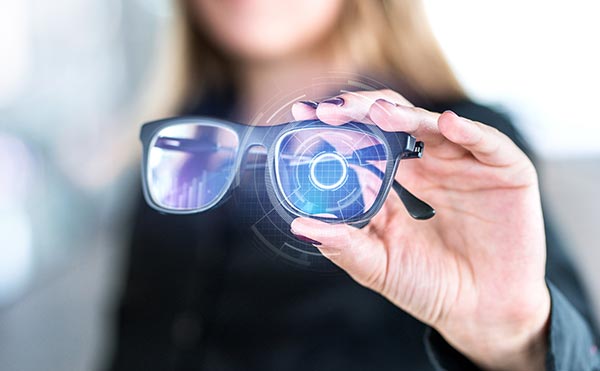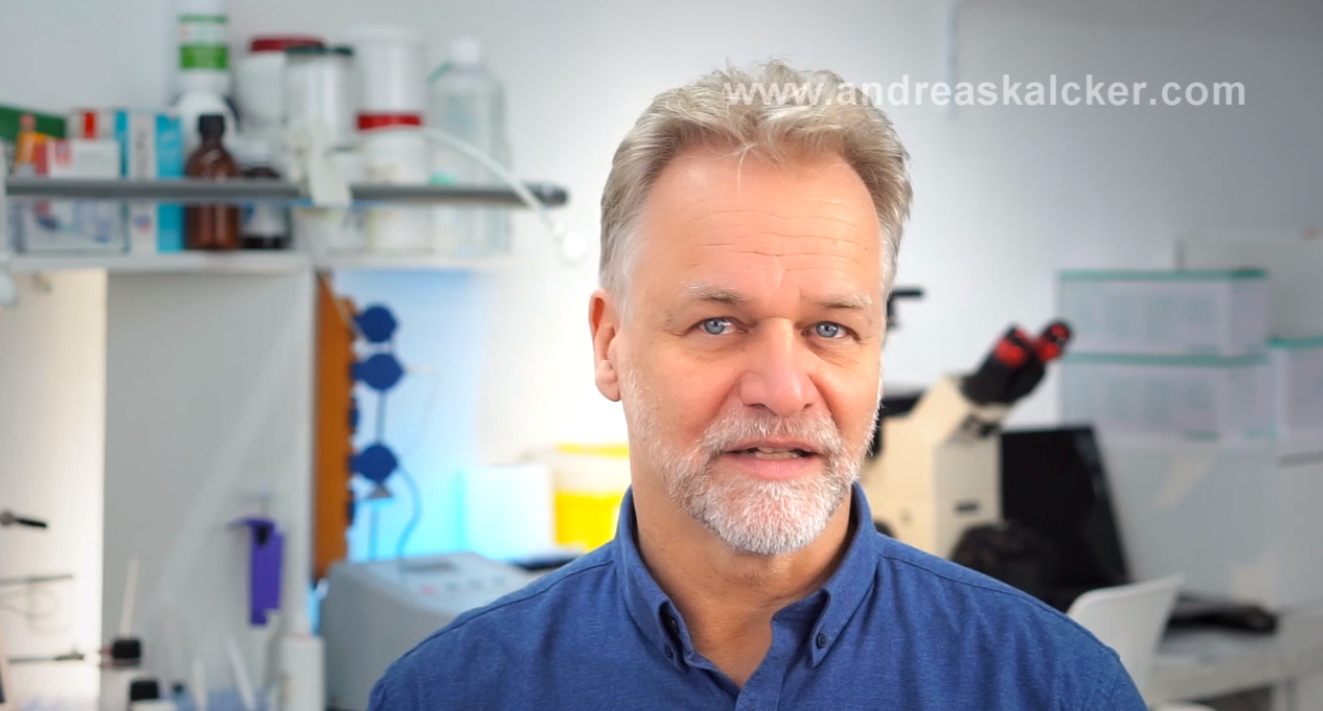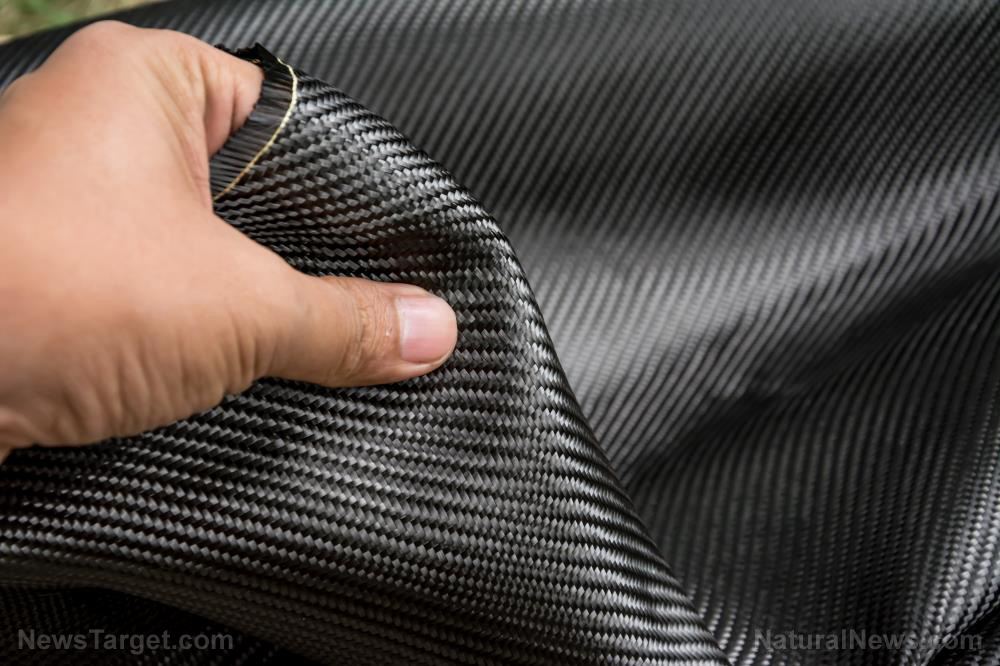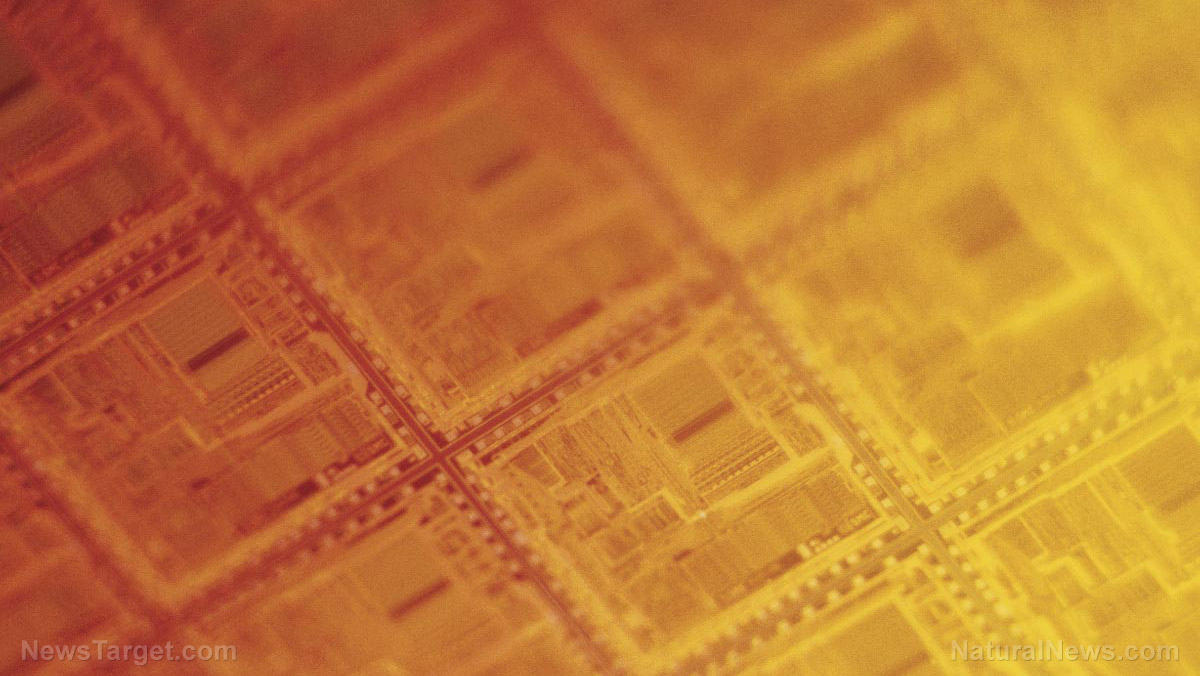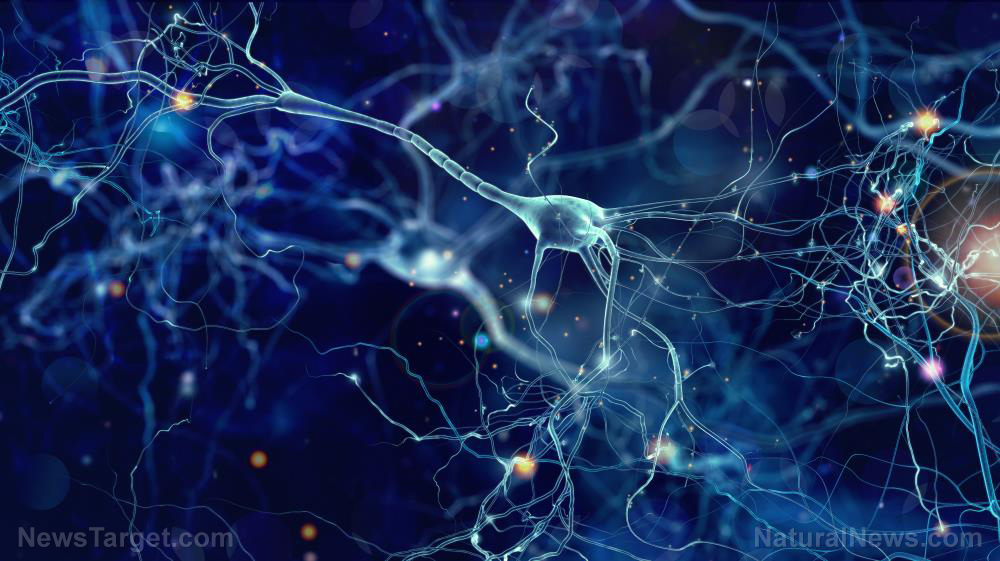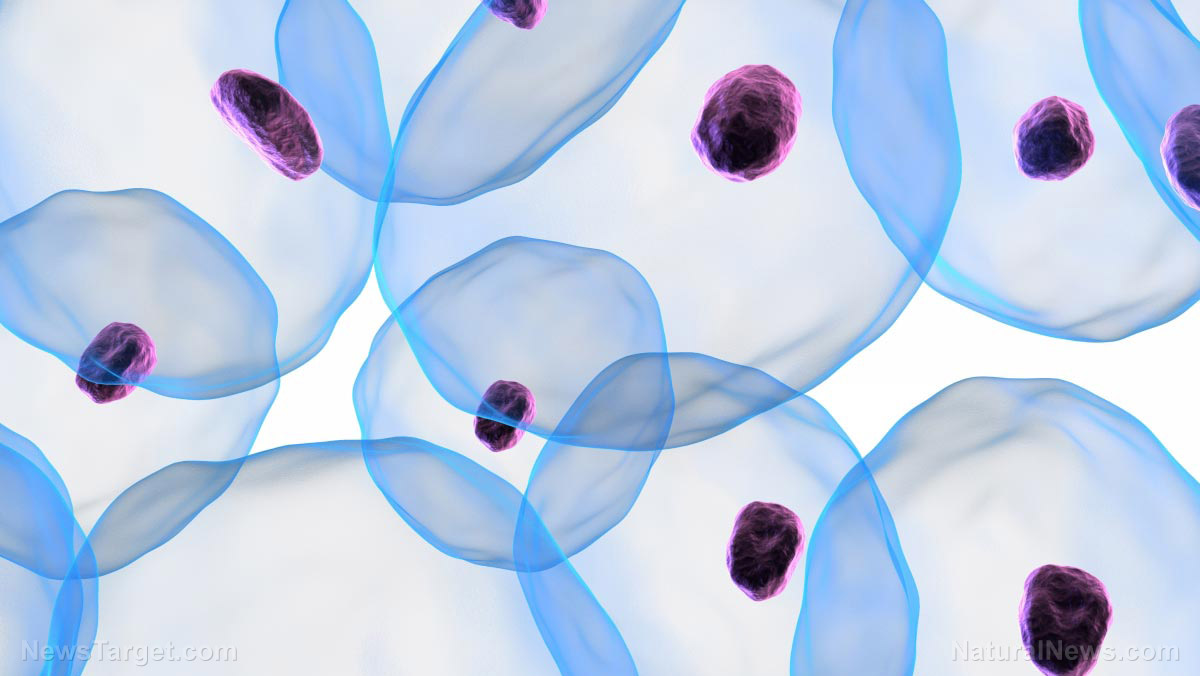A new generation of robotics: Researchers design self-healing robotic hands that don’t require human intervention
05/23/2020 / By Arsenio Toledo

Scientists are now developing robots that can feel pain and sense damage. Better yet, these robots will not only be able to sense that they’ve been damaged, but they will also be able to repair the damage themselves without human intervention.
These self-healing robots have soft, robotic hands made through 3D printing using a jelly-like plastic material. The scientists that built it say that future applications of these robotic hands include reaching for and grabbing soft and delicate objects in the food industry to performing some types of minimally invasive surgery.
The self-healing robots were made through a project funded by the European Commission. It was led by scientists from the Free University of Brussels (VUB) and the University of Cambridge.
Scientists made a new material that can heal itself through application of heat
“Over the past few years, we have already taken the first steps in creating self-healing materials for robots,” said Bram Vanderborght of the VUB, who is also managing the project.
“With this research we want to continue and, above all, ensure that robots that are used in our working environment are safer, but also more sustainable. Due to the self-repair mechanism of this new kind of robots, complex, costly repairs may be a thing of the past,” he added. (Related: Low-cost, pollution-free solution to infrastructure problem: New self-healing concrete has fungi that “heals” cracks in crumbling structures.)
This project, according to Vanderborght, hopes to create self-healing and “anthropomorphic” materials that can help robots distinguish pain, locate its source and heal it without the help of humans.
The jelly-like plastic material used by the robotic hands is made out of rubbery polymers that can knit themselves back together when they are ripped or cut. All they need to do that is a little heat.
Vanderborght says that when heat is added, the many different strands of the polymer lock back together without leaving any weak spots. In several tests, these polymers were able to heal themselves by creating new “bonds” from the different strands after about 40 minutes. The length of time required for the healing process to complete depends on the extent and location of the damage. Other trials have suggested that the healing can take several seconds or even up to a week.
The next step, according to Vanderborght, will be to install sensors in the robotic hands to allow the robot systems to detect where the damage is located.
Currently, the heating system which heals the robot hands need to be activated through human touch. Vanderborght’s end goal is for this healing process to become automated.
Use of soft robotic hands may displace agricultural workers
The gripper hands that the researchers made are ideal for picking fruits and vegetables. The grippers were even made to be as smooth as possible to prevent the growth of bacteria and viruses.
The emphasis the researchers put on fruit and vegetable harvesting represents a wider trend in which technological advancements are being used to displace millions of low wage jobs. Further development of these self-healing robotic hands could put agricultural workers at peril.
In the U.S. alone, around 22 million people are employed in a field related to agriculture. In Europe that number is around 9.7 million, or 4.2 percent of total employment in the European Union. These numbers can be expected to radically decrease as different kinds of robotics systems are put in place made to replace common laborers.
Agricultural workers aren’t alone, either, as the researchers have mentioned that the self-healing robotic hands can be used to perform surgery. It’s possible these systems may be applied in other fields.
Current estimates suggest that around 25 percent of jobs in the U.S., especially “boring and repetitive” ones, are at a high risk of being automated in the near future. If technological development continues to ignore the welfare of low-wage workers, this number can be expected to increase dramatically as companies look for more ways to tighten their wallets.
Read more about robotic hands and their application at Robotics.news.
Sources include:
Tagged Under: discoveries, future science, future tech, innovation, inventions, materials science, physics, research, robot jobs, robot takeover, robotics, robots, science and technology, self-healing robot
RECENT NEWS & ARTICLES
COPYRIGHT © 2018 BREAKTHROUGH.NEWS
All content posted on this site is protected under Free Speech. Breakthrough.news is not responsible for content written by contributing authors. The information on this site is provided for educational and entertainment purposes only. It is not intended as a substitute for professional advice of any kind. Breakthrough.news assumes no responsibility for the use or misuse of this material. All trademarks, registered trademarks and service marks mentioned on this site are the property of their respective owners.




